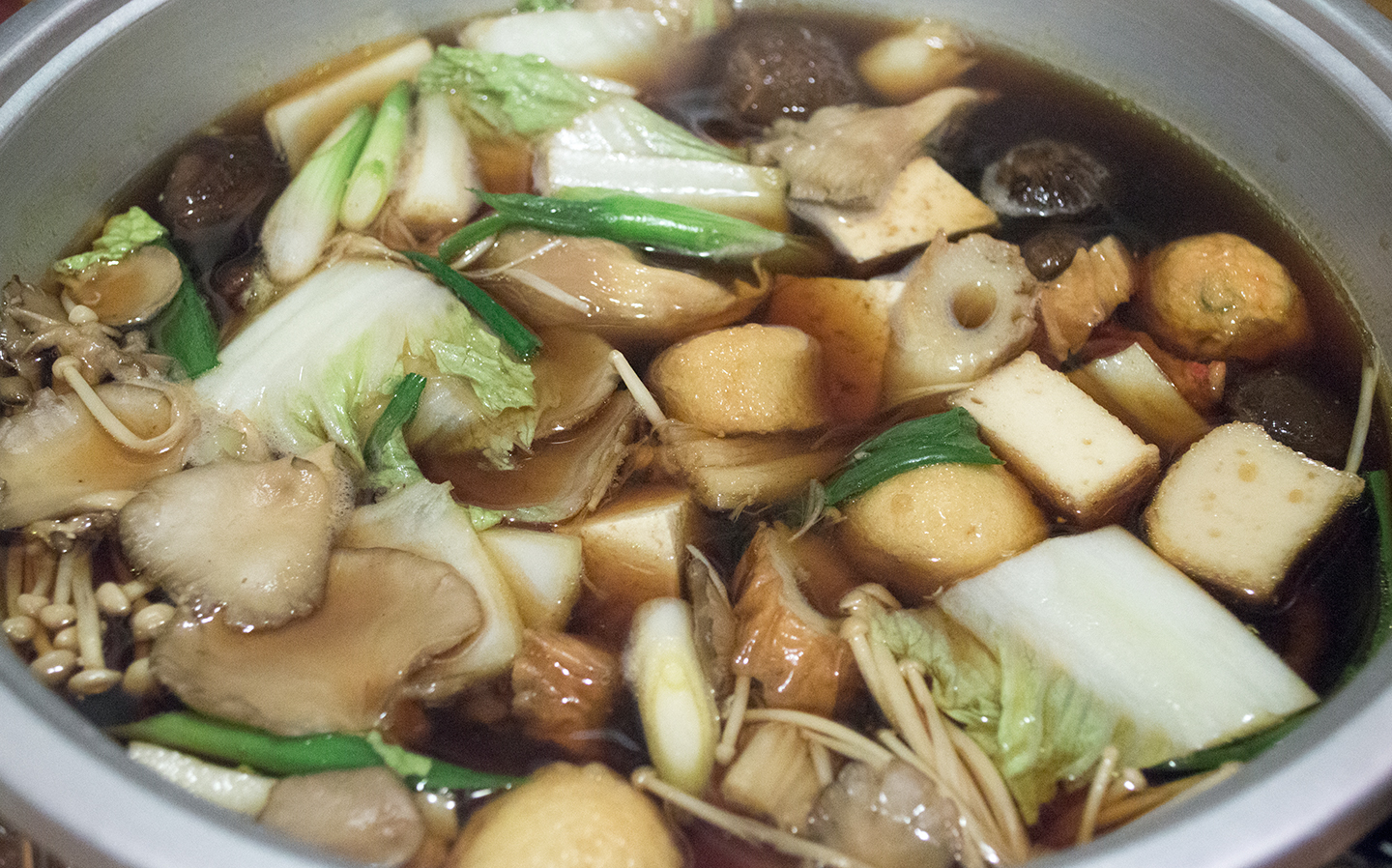
We’ve been experiencing cold and rainy spells in New York lately, and although Spring has arrived, it has been quite gloomy. Having hotpot for dinner seemed like the best idea: to relax, savor our food, and have warm tummies at the end of the evening.
I love eating hotpot in large groups because it brings people together around the table; we can talk about our week while working for our food, and just take our time eating, socializing, and enjoying each other’s company. It’s equally wonderful when it’s just you and your hubby because it’s intimate and special (we don’t have hotpot nearly enough!), but it isn’t overly formal. There are an infinite number of choices for nabemono (鍋物 – nabe, or *cooking things in a pot*), but we decided on an oden (おでん) broth with additional meats and vegetables.
Recipe for Nabemono (鍋物) - Nabe Hotpot
- About 3-4 portions
- Preparation:
- Cooking:
Ingredients
- Dashi:
- 500ml Water
- 5g (¼-½t) HonDashi Powder
Oden Broth:
- 500ml (about 2 cups) Low-Sodium Chicken Broth
- 500ml (about 2 cups) Dashi
- 125g (about ½-cup) Soy Sauce
- 63g (about 2oz) Sake
- 63g (about 2oz) Mirin
- 5-10g (about the size of the palm of your hand) Kombu, optional
Meats and Vegetables:
- 6 large dried Shiitake Mushrooms
- 450g (about 1lb) Thinly-sliced Lamb or Beef
- One pack variety of Fishcake, about 2 dozen pieces
- 1 pack of Enoki Mushrooms
- 80-100g Oyster Mushrooms
- 300-400g (about 3 large) Napa Cabbage leaves
- 2 medium Scallions
- 200g (½ pack) Firm Tofu
- 200-300g (2 serving bundles) Cellophane or Udon Noodles, optional
Dipping Sauce:
Procedure
- In the hotpot bowl, mix together the HonDashi with water. Add the rest of the oden broth ingredients and mix. Place the bowl onto the electric hotpot heater.
- Throw in the dried shiitake and turn on the electric burner so the liquid comes to a simmer. Cover with the lid.
- While the soup is simmering, cut up the lamb/beef, fishcake, mushrooms, cabbage, scallions, and tofu into edible portions, for easy dipping and eating.
- Make the dipping sauce. Set aside.
- Once the liquid begins to simmer, fish out the kombu and begin adding the desired amount of meat and vegetables. You can add all of the ingredients at once, or take your time adding each ingredient.
- After the meat and vegetables are cooked, they can be immediately served into bowls, or fished out individually at each mouthful. Enjoy with the dipping sauce.
- Add water as needed; the hotpot will evaporate much of the liquid as the meal progresses. Towards the end of the meal, cook the noodles according to manufacturer's instructions and serve.
*Bunny Wisdom*
- Nabemono (鍋物) is very versatile. Your meats and vegetables can be anything you want it to be. Feel free to add seafood, thin cuts of meat, or other vegetables (e.g. leek, spinach, bok choy, etc.) to help flavor the hotpot.
- The amount of meat and vegetables are up to you. Add more variety and quantity to serve more people.
- I use an inexpensive bottle of sake (酒), like Gekkeikan Traditional Sake, which is about USD$5.00 for a large bottle.
- Mirin (味醂) is a rice wine, like sake, but with more sugar content.
- Kombu (昆布) is a kind of kelp. I use the dried kind here. The white coating you find on this seaweed is normal. Don't remove it, because that is what gives the dashi flavor. Just give the kelp a quick rinse under cold water before using.
- Dashi (出汁) can be easily made from scratch. For a quart (about a liter) of water, simmer a palm-size piece of kombu, a couple of dried shiitake mushrooms, and a handful of dried shaved bonito (鰹節, かつおぶし - katsuobushi) for 10 minutes. Cover, turn off the flame, and let it sit for 15 minutes. Strain the large pieces and use the dashi for all of your Japanese recipes.
- I use dashi powder to make my soup base because it's convenient. You are welcome to use up to 1t per 2 cups of water for additional umami flavor. In this case, we have other meats and vegetables flavoring the soup, so I'm only using ¼-½t for 2 cups (Remember that I've added the kombu and the dried shiitake to the hotpot as well, but these only bring more depth to the broth; if you don't have kelp or dried mushrooms, you can omit them.).
- The sesame sauce, or gomadare, is just one kind of dipping sauce, but definitely one of our favorites!
- For those of you that don't have an electric hotpot, use a portable burner and a pot. It's just as good!
- If you plan to cook all of the ingredients at once, bring the pot to a boil, and then turn off the heat. If ingredients are going to be cooked in small amounts, leave the pot on at a simmer and add water as necessary, as some of the water will evaporate.
- I like to wait for all of the ingredients to cook thoroughly before eating; this gives more flavor to the soup, which will make a better broth for your noodles.
- The joy of eating hotpot is that we can cook just a few pieces of meat and vegetables at a time, and savor the food and conversation.
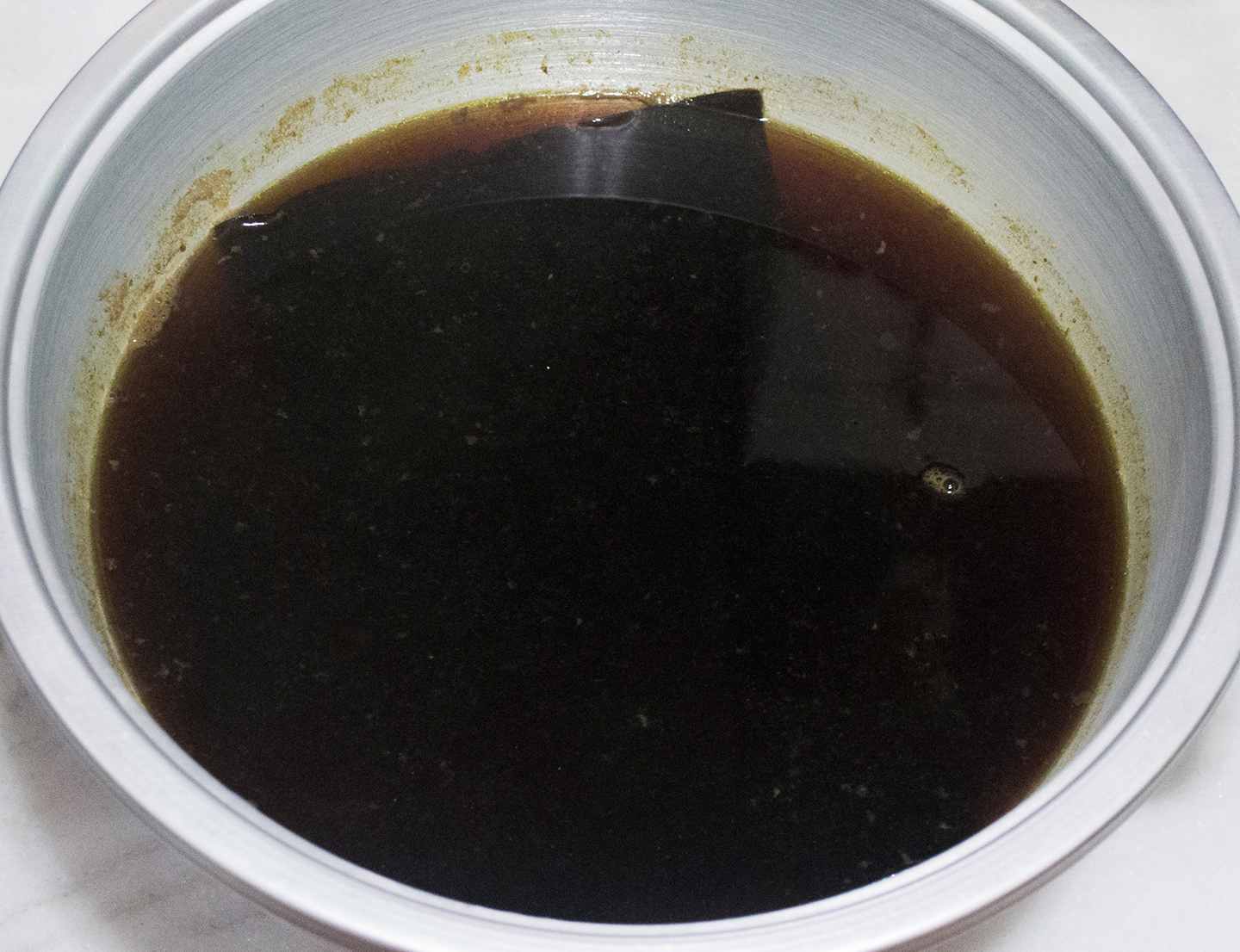
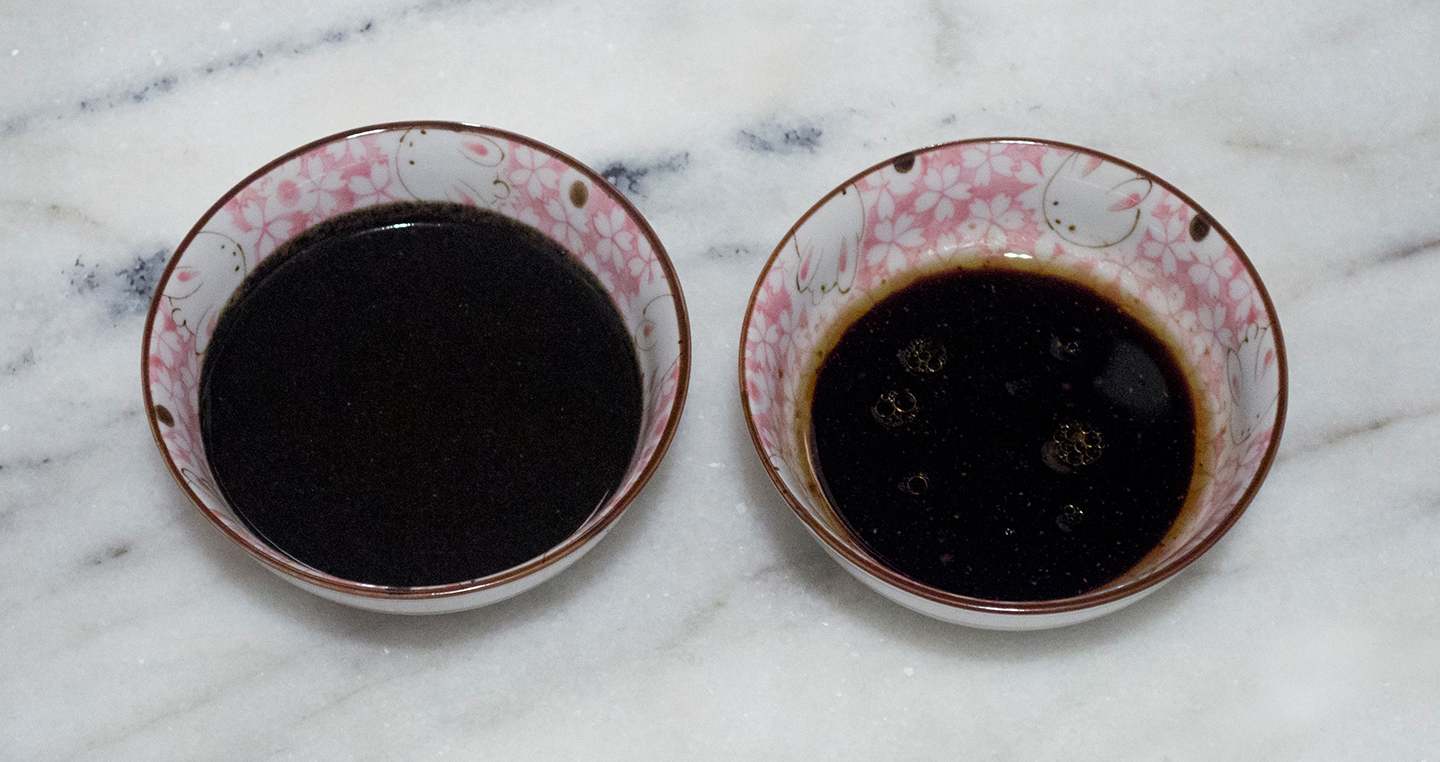
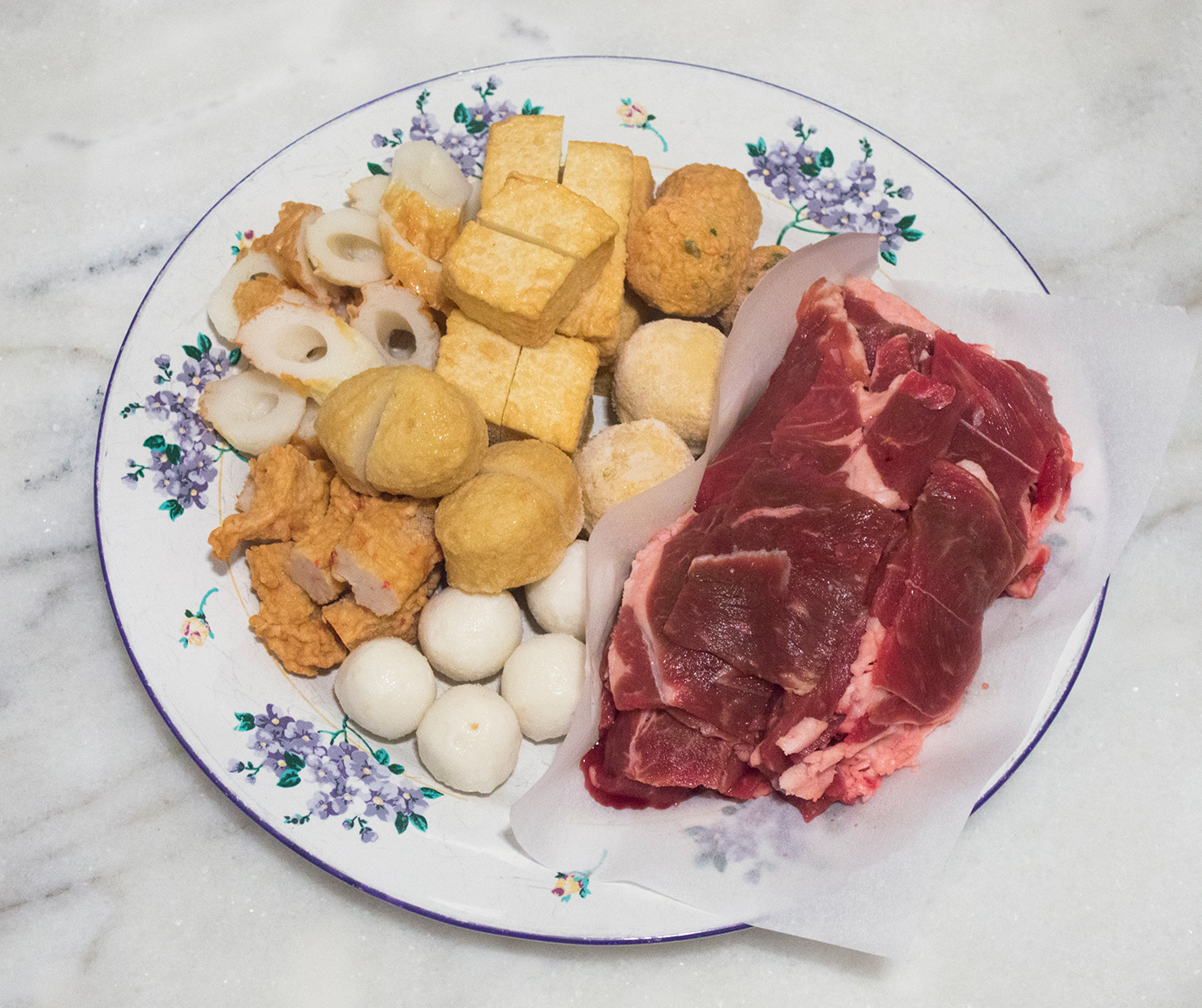
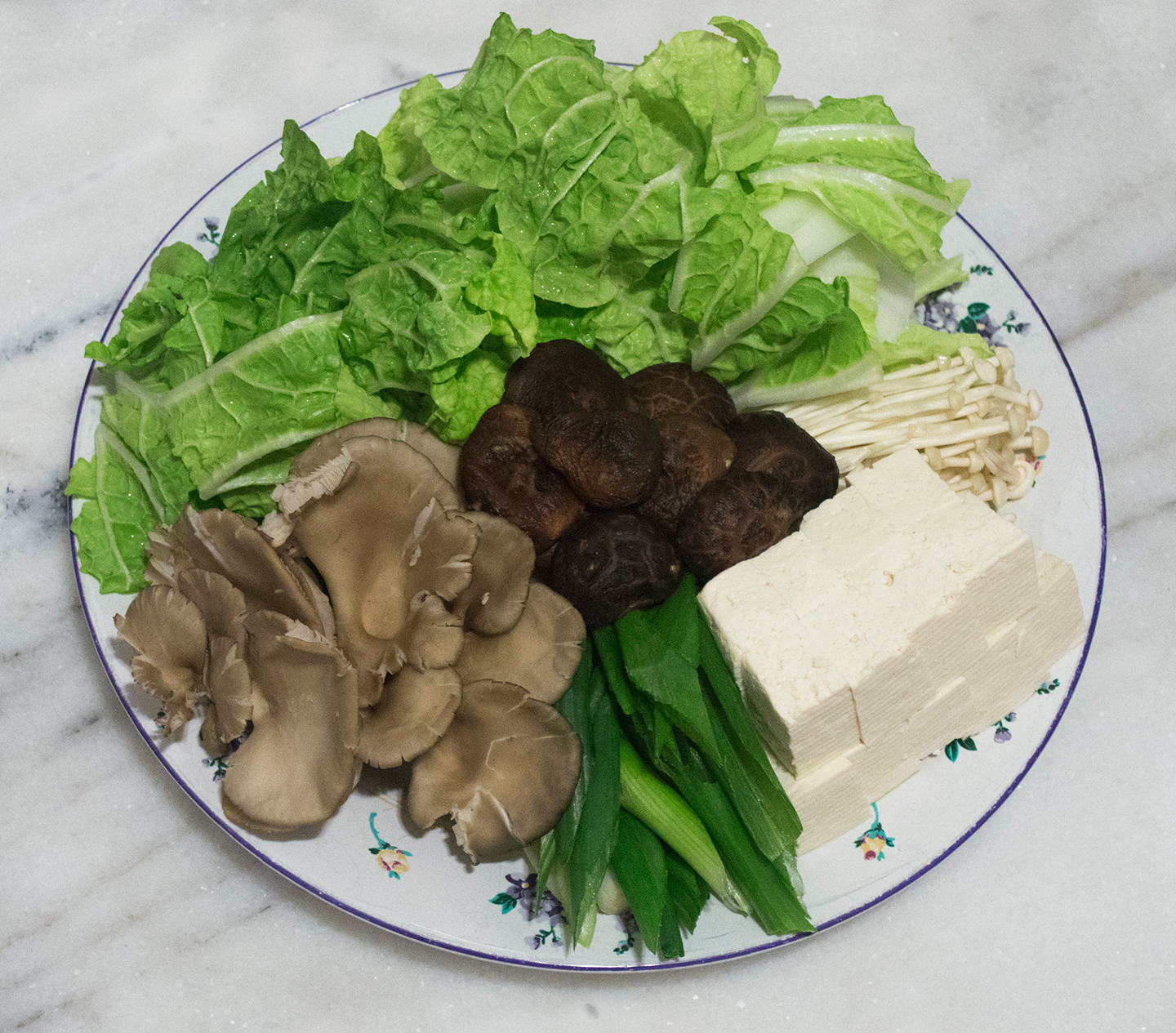
**Here are some of the ingredients I use for this recipe. Please, feel free to browse and ask questions on anything you see listed below.**

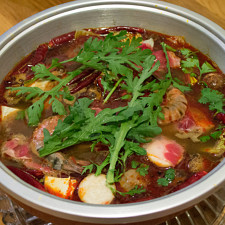
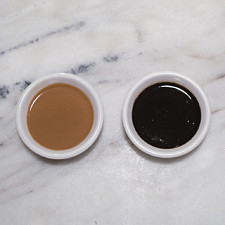

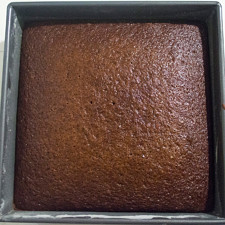
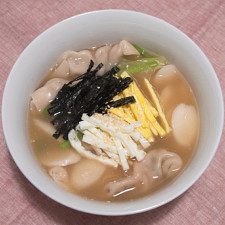
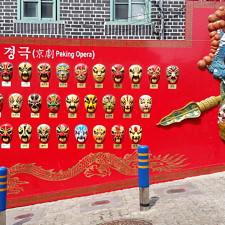
No thoughts on "Nabemono (鍋物) – Nabe Hotpot Recipe."